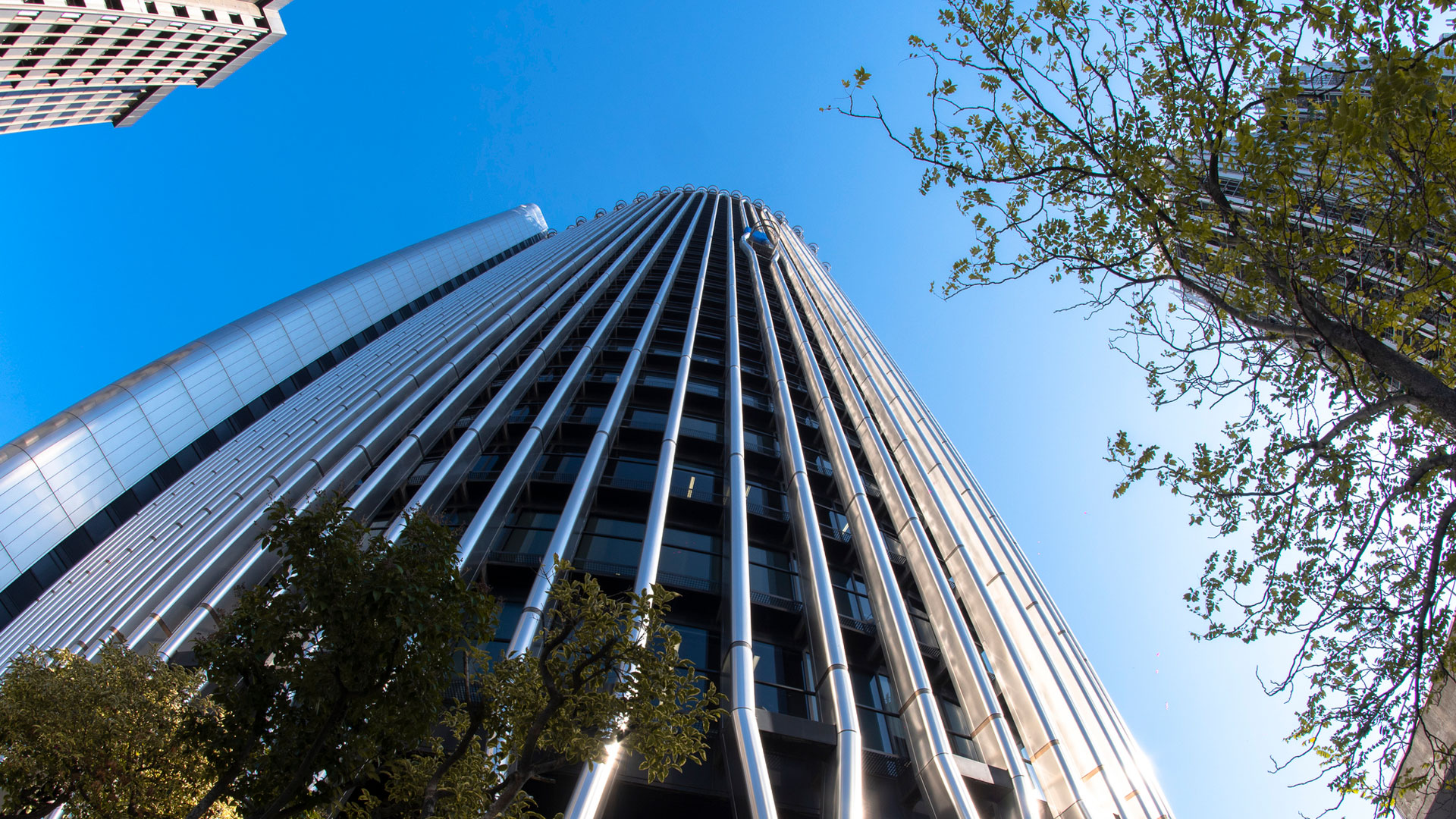02.12.2022 | Jona fermentation plant runs on pumpkin power
Energy from pumpkins
How do you get electricity from a pumpkin? Fermentation plants like the one run by Axpo Biomasse AG in Jona produce carbon-neutral energy from organic waste. The Jona plant processes 13,000 tonnes of garden, kitchen and food waste from the region every year. In this way, biomass makes a valuable contribution to sustainable, climate-neutral energy production and electricity supply in Switzerland.
As soon as the weather turns cooler and the nights start drawing in, it begins: every year from late August to late October, pumpkin sculptures several metres high, made from varieties not suitable for sale, can be seen at Juckerhof in Seegräben. Once the famous pumpkin display is finished, the pumpkins are delivered to the Jona biogas plant where they are transformed into energy – and thereby completely and practically recycled.
The theme of this year’s display was fire, with figures like Fred Flintstone, a fire-breather and a flaming heart:
How do pumpkins become biogas?
To generate biogas, electricity, heat and fertiliser from pumpkins, they are fermented. Axpo uses the Kompogas method, which is based on continuous, oxygen-free dry fermentation of organic waste. In the fermenter, the centrepiece of the plant, chopped-up pumpkins are fermented. With oxygen excluded, the organic waste is fermented for 14 days at a constant 55°C with the help of microorganisms. This results in carbon-neutral methane, which is efficiently transformed into green electricity and heat in a combined heat and power station. The electricity generated is then fed into the electricity grid.
Jona fermentation plant
The biogas plant, located close to Lake Zurich, makes the most of the energy potential of organic waste. The plant feeds around 950,000 kilowatt hours of electricity into the grid each year – enough to power around 200 households for a year. And this recycling of organic waste doesn’t just produce electricity for Jona, it also improves the community’s environmental performance. Biomass is sustainable because it uses organic waste rather than fossil fuels as a raw material and energy source. By using this climate-friendly electricity, the municipality of Jona saves 680 tonnes of CO2 per year and contributes to the goal of reaching net zero greenhouse gas emissions.
Completing the cycle
Axpo operates 22 sites in the field of fermentation and composting. By collecting and reusing waste, we can return valuable nutrients to nature. That’s because the fermentation of organic waste results in valuable by-products.
The residue left over from the fermentation process is perfect for use as a high-quality natural fertiliser in agriculture or domestic gardens, completing the natural usage cycle of organic waste. Private households can get this nutrient-rich natural fertiliser from the plant free of charge.
Together with you, we can contribute to a sustainable energy future. Register on our website for a guided tour of the fermentation plant.
More about biomass
More about Jucker Farm
More about the pumpkin display




